Learning how to season food properly is key when cooking from scratch. The seasoning in a recipe can really make or break a dish and it's an important skill for home cooks to learn.
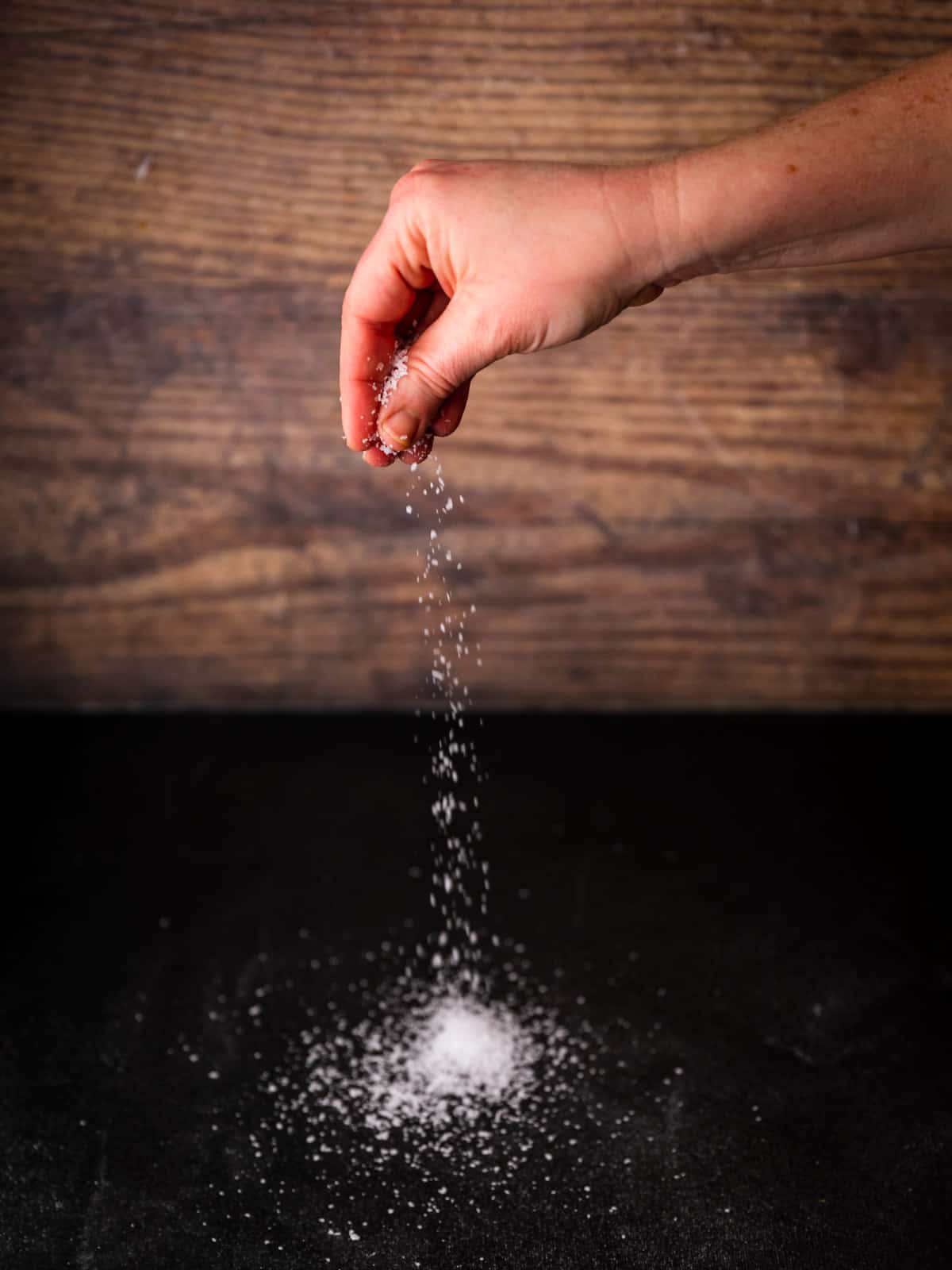
When learning to cook from scratch, balancing flavors in a dish is important. Learning what flavors go together and how to actually season food is something that will help you become a better cook.
Whether it's a weeknight dinner, holiday gathering or Sunday family meal, here are my top tips for creating the best flavor in your dishes with seasoning.
Jump to:
🧂 Different types of salt
There are lots of different types of salt. Knowing which salt is best for different foods will help you on your cooking journey. Here are three common types of salt used in everyday cooking and some more information about them.

- Table Salt - This is a fine salt that most of the time is fortified with iodine. It is usually highly processed, stripped of any minerals and usually contains an anti-caking agent. This is typically found in the salt shaker you see at restaurants. It's great for salting pasta water or if you need a very exact measurement, such as in baked goods.
- Kosher Salt - This refined salt has larger crystals than table salt and does not contain any extra additives. It has a milder flavor and it's easier to distribute evenly on food. It's great for seasoning meat, vegetables and sauces. This is my typical salt of choice, due to its versatility.
- Sea Salt - This salt comes straight from evaporated sea water and can vary in taste depending on where it comes from. It comes in both fine, flaky and course varieties as well as different flavors. Flaky sea salt goes a long way so it is great as a finishing salt. Fine and course salt work better for building flavor in a dish.
🥘 How to use salt to season food
Salt is undoubtedly an important ingredient for seasoning food. Knowing how to use salt is just as important as learning the different types of salt. Here are my top tips for using salt properly to make great food.
- Start Small - You can always add more salt, but you can't always take it away. It's best to add a little bit of salt, taste the dish and then add more as needed so you add just the right amount.
- Timing - Salt naturally draws out moisture. If you want to sweat or wilt vegetables, salt should be added at the beginning of cooking. If you want the food to be crispy, such as potatoes, it should be added after the cooking process. Protein should be seasoned with salt ahead of time to create the best flavors and textures.
- To Taste - If a recipe calls for you to season to taste, you should add the seasoning based on what your taste buds prefer. Add a little bit at first, taste and then add more as needed.
- Enhance - Salt doesn't just make food salty, but it is also a flavor enhancer. You need to make sure you add enough salt to properly enhance the flavors of the other ingredients. Don't be afraid to add a pinch of salt to both sweet and savory dishes.
- Too Much - So what happens if you add too much? For the most part, the damage is done. If you add too much salt to a sauce, for example, you can sometimes save it by diluting it.
🍽 Building layers of flavor with seasoning
Salt isn't the only way to add flavor to a dish. When creating a recipe, building the layers of flavor will make a great end result. Here are my top tips for adding seasoning to a dish to build amazing flavors.
- Theme - When seasoning a dish, stick to the theme of the dish. If you are making an Italian pasta dish, stick with things like basil, oregano or crushed red pepper. Research what flavors work for different types of dishes and try and stick with those groupings so your seasonings work together.
- Contrast - Flavors don't always have to be the same type either. Contrasting flavors can go really well with each other, such a sweet and sour or salt and sweet.
- Pace Yourself - Just like with salt, you should season as you go. Start small, taste, and then add more if needed. It's hard to take seasoning away once too much has been added.
- Acid - Don't forget that acid is also a good seasoning to use. Adding a squeeze of lemon juice or a splash of vinegar can add a unique flavor to your finished recipe.
- Umami - Adding some umami flavors such as soy sauce, Worcestershire sauce, fish sauce or tomato paste can add a powerful punch of flavor to a dish.
👩🏻🍳 Tips for seasoning food
How you use your seasonings is also an important part of learning how to season food. Here are some more tips for the best way to use your spices and herbs properly.
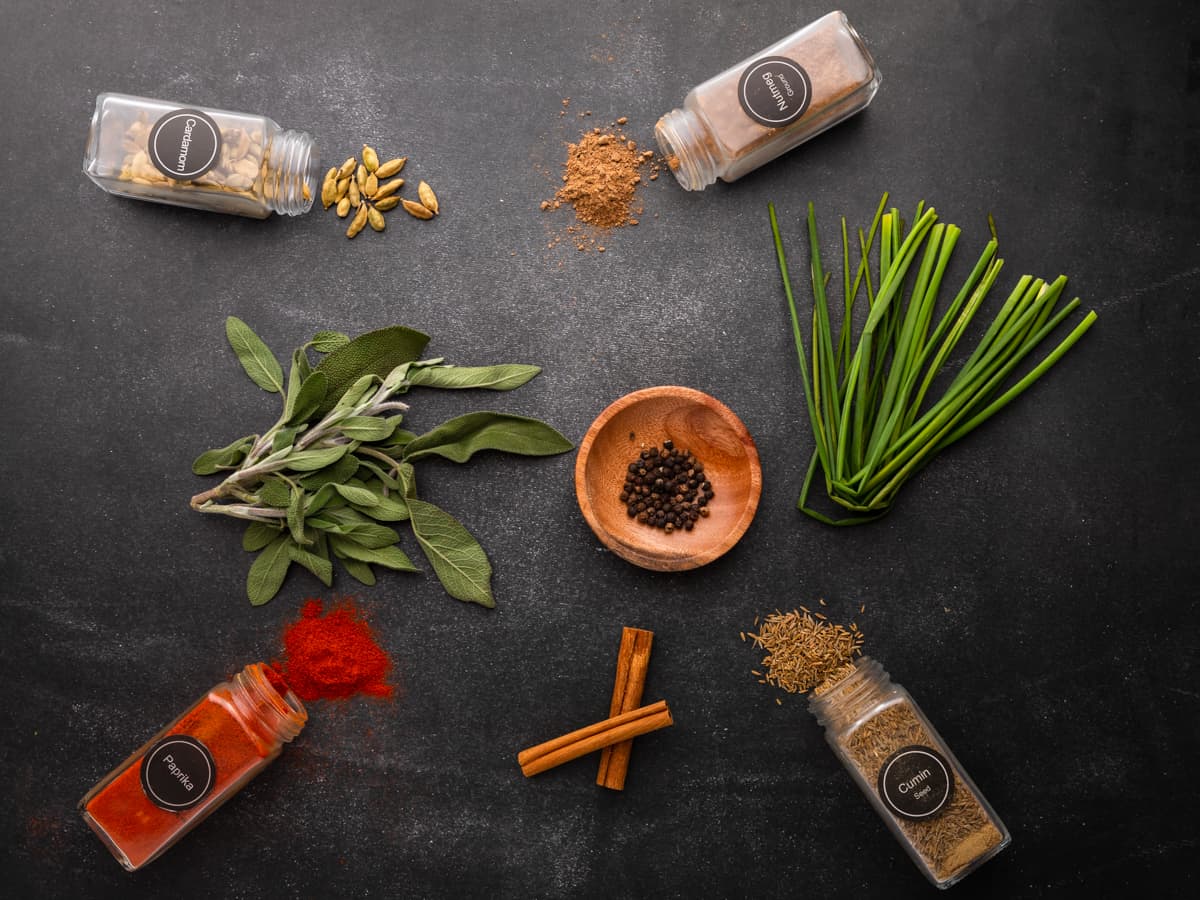
- Dried vs. Fresh - Dried and fresh herbs can both add flavor to a dish. Dried herbs need time to rehydrate and infuse into whatever you are cooking. For this reason, they should be added during the beginning of cooking time. Fresh herbs however, don't need that time, so they can be added at the end or as a finishing flavor.
- Bloom - Blooming is the process of heating herbs or spices in a hot pan, with or without oil. It helps to release the natural flavors of them and add maximum flavor.
- Whole vs. Ground - Whole spices that are ground fresh, can have a stronger impact of flavor to the dish. Pre-ground spices, such as pepper, lose their intensity over time. If you want a more intense flavor, use whole peppercorns and grind them fresh. Grab yourself a spice grinder to make it easy to use freshly ground spices.
- Ditch the Old - Spices and herbs don't last forever. They lose their intensity and flavor over time, so it's best to replace them if they have been in your spice cabinet for a while.
- Cold vs. Hot - Cold food actually needs to be seasoned more than hot food. Don't forget to add salt or other seasonings to things like salad, cold dips or sauces.
If you ever don't recognize a tool or skill that I mention, be sure to look it up in the Glossary of Cooking Terms and Definitions for more information.

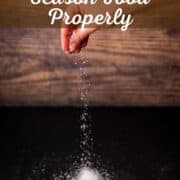
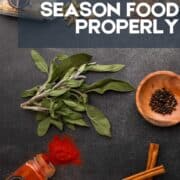
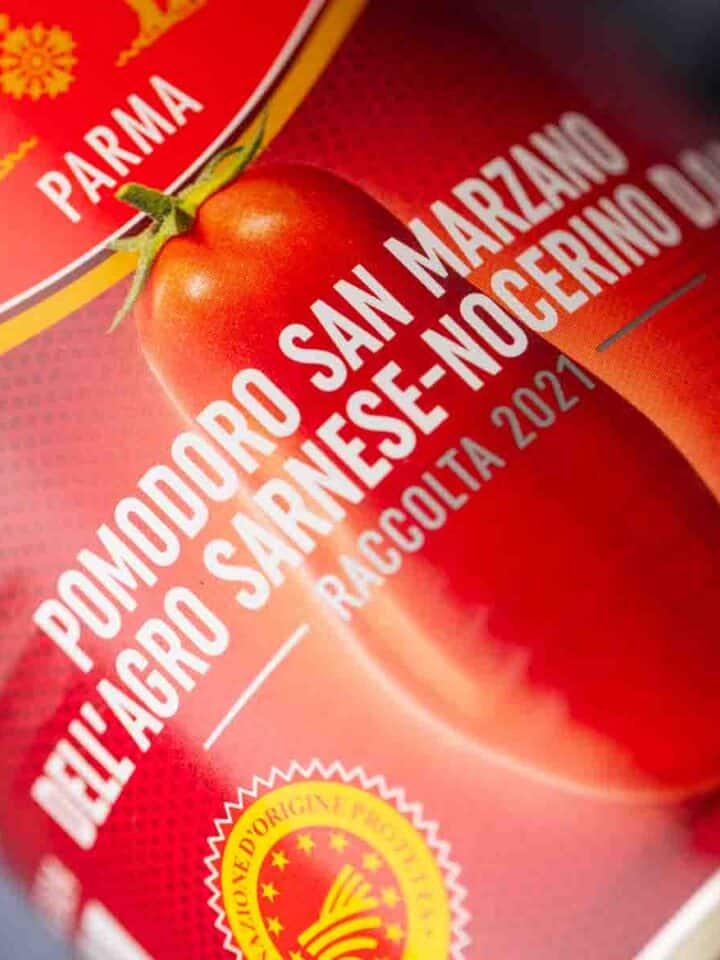
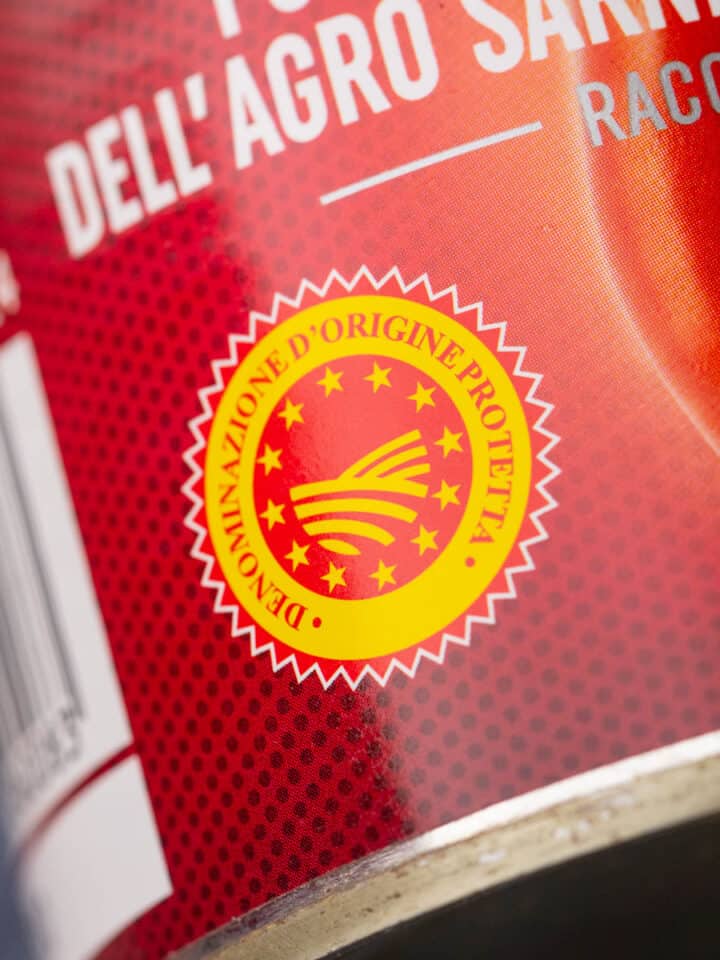
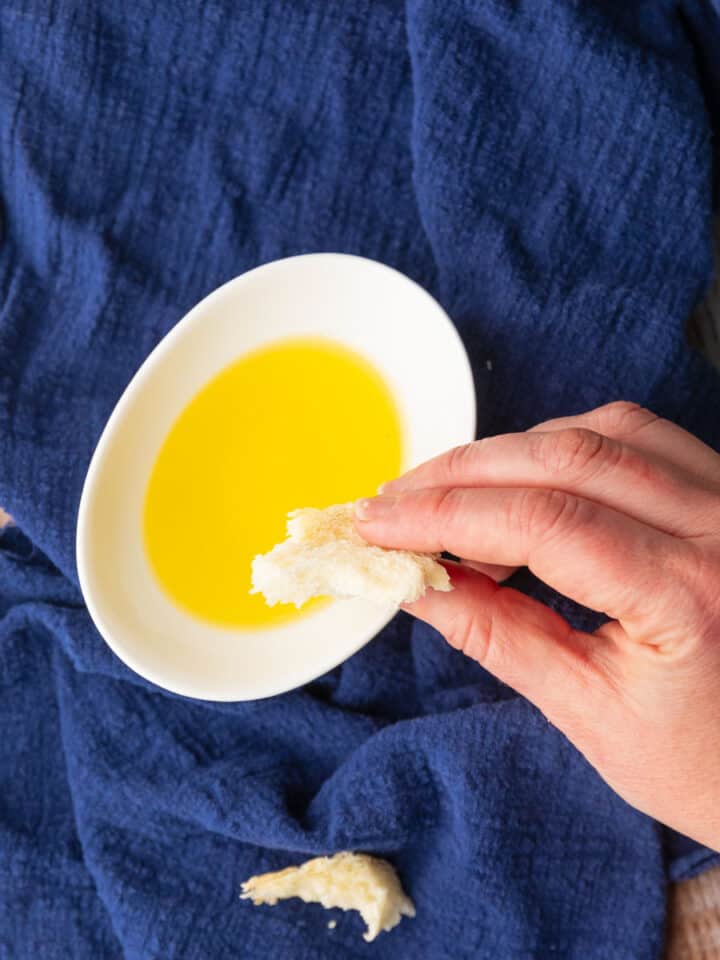
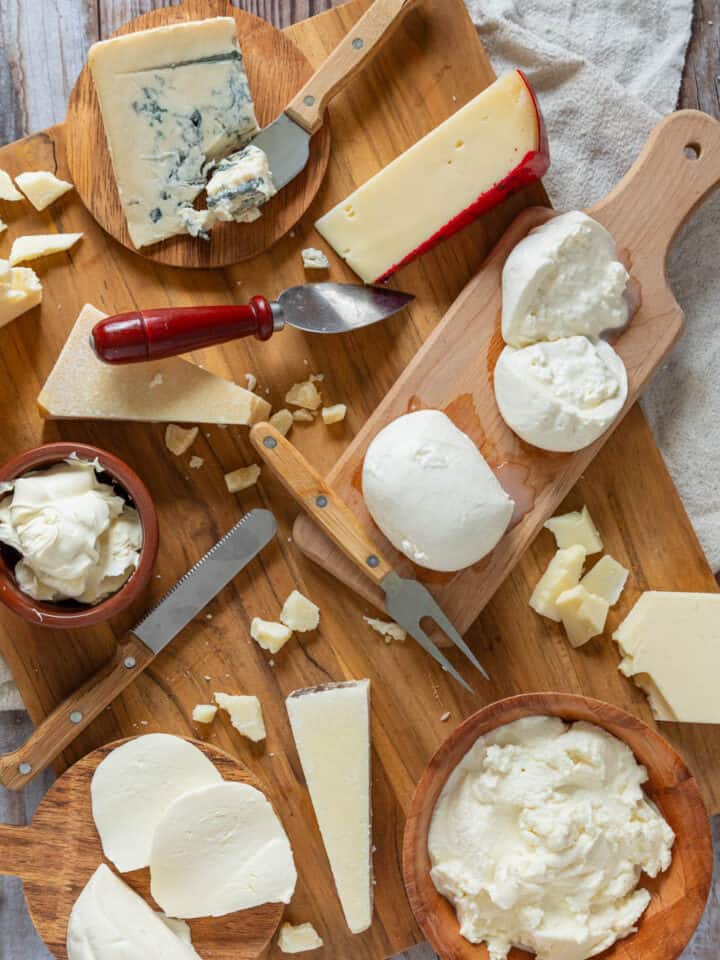
Comments
No Comments